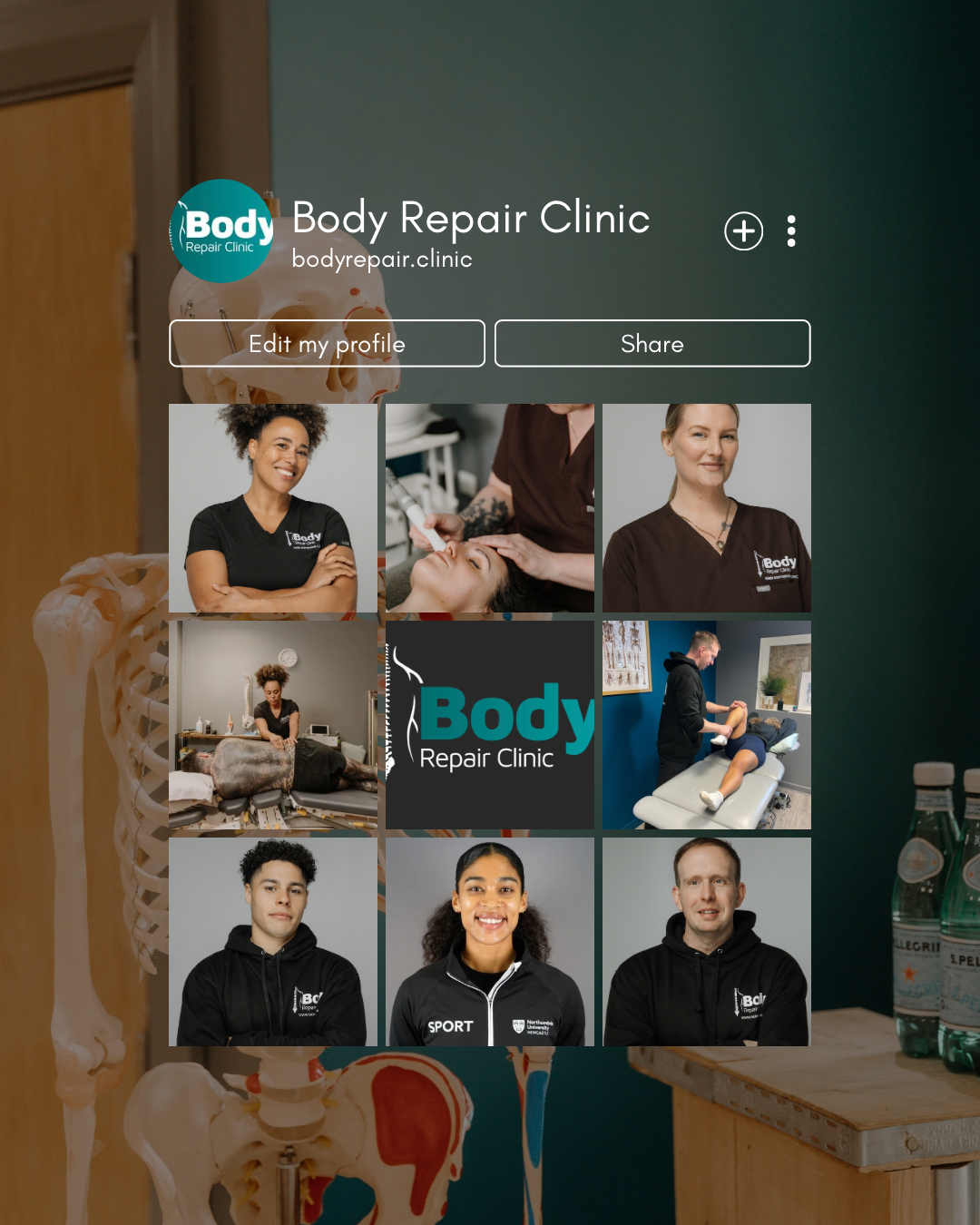Red Light Therapy
- Chéla BRC

- Jun 8, 2025
- 3 min read

The Benefits of Red Light Therapy (RLT) and Near-Infrared Red Light Therapy (NIR RLT)
In the world of wellness and biohacking, few therapies have generated as much excitement in recent years as Red Light Therapy (RLT) and Near-Infrared Red Light Therapy (NIR RLT). Backed by growing research and championed by athletes, dermatologists, and longevity enthusiasts, these light-based treatments promise a wide range of benefits—from glowing skin to muscle recovery, improved sleep, and even cognitive support. But what exactly are these therapies, and why are so many people turning to them?
Let’s break down the science and the benefits.
What Is Red Light Therapy (RLT)?
Red Light Therapy involves exposure to low levels of red or near-infrared light, typically between 600 and 850 nanometers. This light penetrates the skin to various depths and is absorbed by your cells, particularly the mitochondria—the “powerhouse” of the cell.
The idea is simple: by stimulating mitochondria with red and near-infrared light, cells can produce more adenosine triphosphate (ATP)—the energy currency of the body. More ATP = more energy = faster healing, improved function, and better performance.
The Difference Between Red Light and Near-Infrared Light
While they are closely related, red and near-infrared light reach different tissue depths:
Red light (600–700nm): Primarily affects the skin’s surface. Great for treating skin conditions, enhancing complexion, and wound healing.
Near-infrared light (700–850nm): Penetrates deeper into the body, reaching muscles, joints, and even internal organs. It’s often used for pain relief, inflammation reduction, and muscle recovery.
Combining both allows for a more comprehensive therapy that benefits both the surface and deeper layers of the body.
Proven and Potential Benefits of RLT and NIR RLT
1.
Skin Health and Anti-Aging
One of the most well-known benefits of red light therapy is its ability to improve skin appearance. Clinical studies have shown that RLT can:
Increase collagen production
Reduce wrinkles and fine lines
Improve skin tone and texture
Help with acne and inflammation
Heal scars and wounds faster
2.
Muscle Recovery and Performance
Athletes frequently use NIR RLT to speed up muscle recovery and enhance performance. It helps:
Reduce muscle soreness after workouts
Accelerate healing of strains and injuries
Improve blood flow and oxygenation to tissues
3.
Pain and Inflammation Reduction
NIR RLT penetrates deep into muscles and joints, making it effective for:
Chronic joint pain (e.g., arthritis)
Back and neck pain
Tendonitis and nerve inflammation
4.
Brain and Cognitive Function
Some research suggests that near-infrared light, when applied to the skull, can enhance mitochondrial function in brain cells, potentially improving:
Memory and cognitive clarity
Mood and emotional balance
Recovery from brain injuries (e.g., post-concussion symptoms)
5.
Hormonal and Metabolic Support
There is emerging evidence that RLT may help:
Improve thyroid function (especially in hypothyroidism)
Support testosterone levels in men when applied to specific areas
Enhance metabolic rate and energy production
6.
Better Sleep and Circadian Rhythm
Exposure to red light in the evening may help regulate melatonin production and support a healthier circadian rhythm, improving:
Sleep onset and duration
Sleep quality
Overall relaxation and recovery
Are There Any Side Effects?
Red and near-infrared light therapies are considered very safe with minimal risk.
Some people may experience:
Temporary redness or tightness of the skin
Mild headaches if used too long on the head
Final Thoughts
Red Light Therapy and Near-Infrared Red Light Therapy offer a powerful, non-invasive way to support healing, reduce inflammation, boost energy, and enhance overall well-being. Whether you’re recovering from an intense workout, managing a chronic condition, or just looking for a natural way to maintain youthful skin and vitality, RLT and NIR RLT are worth exploring.
The future of light-based therapy is bright—and it’s just getting started.







Comments